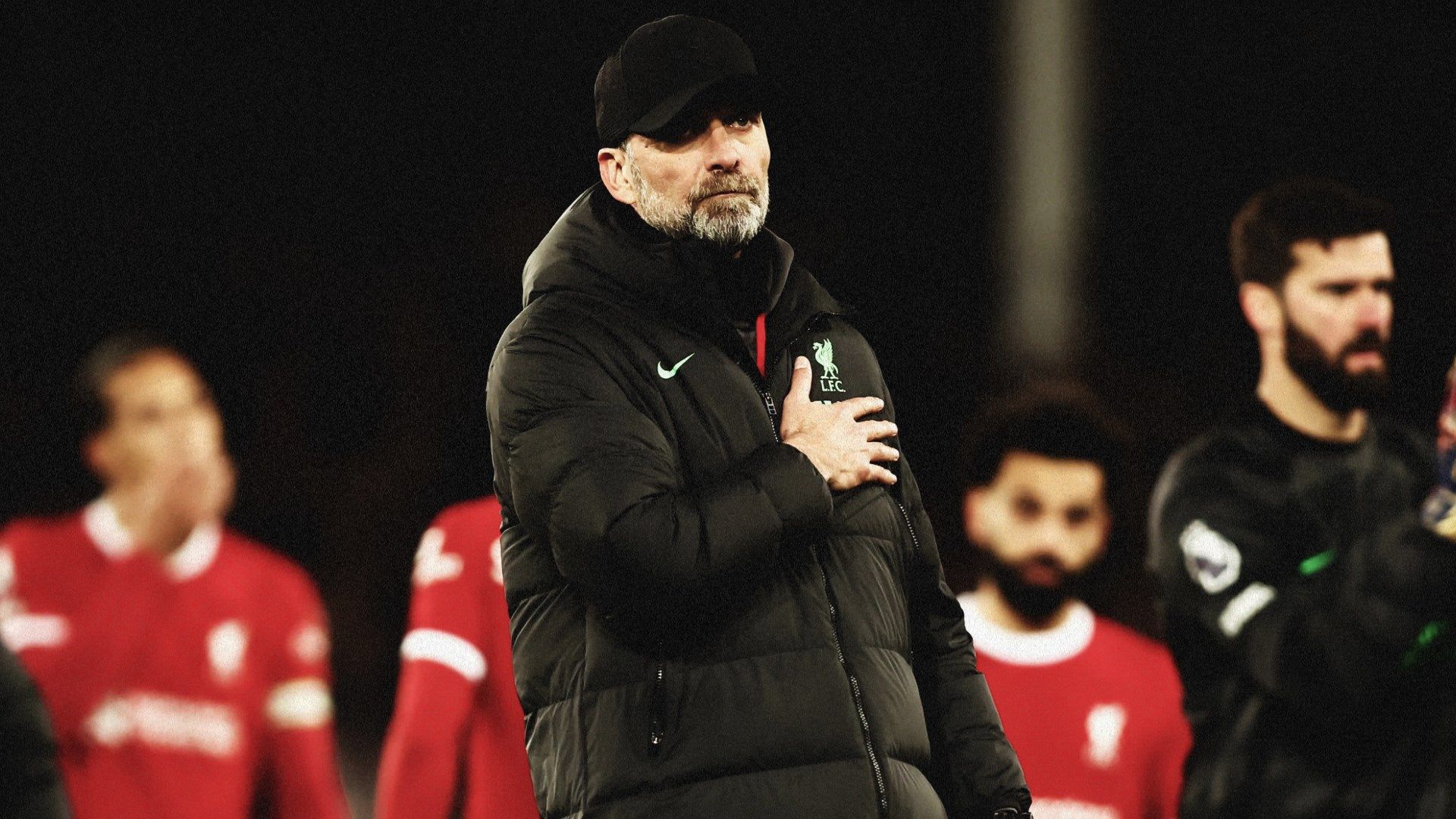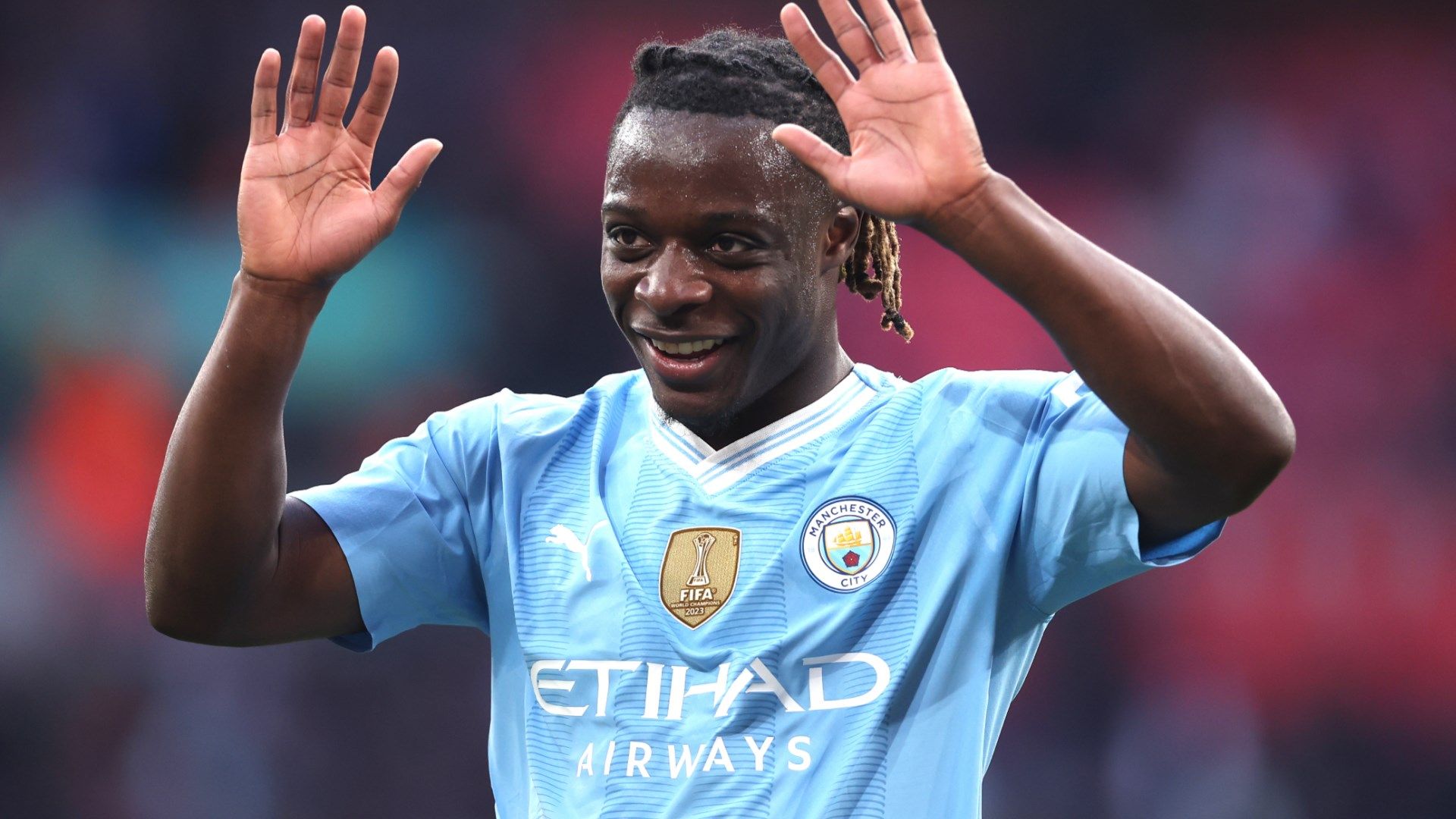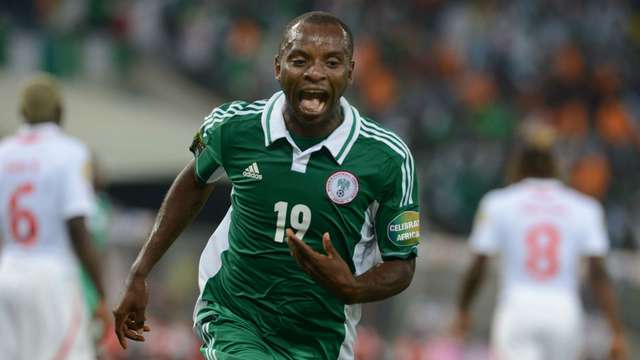The Signal Iduna Park, known to some as the Westfalenstadion, was originally built to host games at the 1974 World Cup.
The stadium's name was changed as part of a sponsorship arrangement that will now continue until 2031, although in UEFA competitions, the ground is referred to as 'BVB Stadion Dortmund'.
Signal Iduna Park has become known worldwide for its and iconic stature, which houses the famous 'Yellow Wall' - a raucous section of the Borussia Dortmund fanbase.
So if you are going to pay a visit, GOAL brings you everything you need to know.
Where is Signal Iduna Park?
Address: Strobelallee 50, 44139 Dortmund, Germany
Next Match
Google Maps: Further directions to the stadium can be found here
The Signal Iduna Park in Dortmund lies near the Westfalenhallen conference centre in the south side of the city. The ground is less than two miles from Dortmund's city centre and main railway station.
Driving
If opting to drive to the stadium, you can take the B1 highway from the north, east and west or if arriving from the south, take the B54 highway.
When arriving from the B1, take the Im Rabenloh exit. From there, the stadium sits only a few hundred metres to the south.
If you're driving from the B54, exit at An Der Buschmuhle and follow the road signs to the stadium.
Train
Alternatively, the ground may be reached by train from Dortmund's central railway station in just five minutes. Exit the train at Dortmund Signal Iduna station, where a short walk will take you to the ground.
The stadium is also accessible via the U-Bahn from the city centre, take either line 45 or 46 and get off at Westfalenhallen; the stadium is a five-minute walk from there.
When was Signal Iduna Park built?
The Westfalenstadion first opened its doors on April 2, 1974, three years after construction began, as Dortmund and Schalke 04 played against each other in a friendly match.
The stadium was notable for its rectangular shape at a time where the majority of large stadiums were more circular shaped, the ground inspired a new generation of stadiums. The late 1970s redevelopment of Rangers' ground, Ibrox Stadium, for example, was heavily influenced by Westfalenstadion.
The stadium remained mostly unmodified until the early 1990s, when Dortmund's growing success prompted expansion. Changes began with the transformation of some standing areas into seats and continued with the addition of second tiers for east and west stands in 1995, after Dortmund won the Bundesliga.
By 1999, second tiers for the stadium's north and east stands had also been fitted in.
The stadium's most recent major renovation occurred in early 2006, when the four corners of the Signal Iduna Park were blocked off with extra stands in preparation for Germany's hosting of the 2006 World Cup.
What is Signal Iduna Park capacity?
The Signal Iduna Park’s current capacity sits at 81,365, making it the fifth highest capacity stadium in Europe.
When it first opened in 1974, it could accommodate up to 54,000 people, with 37,000 of those standing.
However throughout the 1990’s, as Dortmund went on to win Bundesliga titles and the Champions League in 1997, tickets were in greater demand.
And thus, by 1999, four new stands were added to the stadium which raised the capacity to 68,000. Its south stand with a 25,000 capacity became Europe’s largest terrace, a stand now commonly known as ‘The Yellow Wall’.
Since then, renovations throughout the 2000’s for the World Cup and 2010’s have seen the Signal Iduna Park’s capacity rise to an astonishing 81,365, making it Germany’s largest stadium, with almost 7,000 more than Bayern Munich's famous Allianz Arena.
Which teams play at Signal Iduna Park?
Borussia Dortmund are the main occupants of the Signal Iduna Park, though Germany occasionally play some of their international games at the ground too.
As Dortmund became increasingly popular and successful throughout the 1960’s, it became apparent that their Stadion Rote Erde, which had been their home since 1937, would no longer suffice.
And thus the club moved to the Signal Iduna Park, then known as Westfalenstadion, in 1974. The Stadion Rote Erde is now home to Dortmund II.
Does Signal Iduna Park host music concerts & other events?
Despite its grand stature, the stadium has not hosted many concerts, the first of which only came in 2009, 35 years after it was built.
Since then only nine further concerts have taken place at Signal Iduna Park.
The stadium is primarily used for football games and has been the host to matches at the 1974 World Cup, 2006 World Cup and is set to be used for the European Championship in 2024.
Can you book a Signal Iduna Park tour?
The Signal Iduna Park offers a number of guided tours, including visits to the players' locker rooms, the tunnel, VIP areas, and the Borusseum club museum, which features their trophy room.
Tours are available from 10am to 4pm, and prices range from €6 (£5) to €20 (£17), depending on the style of tour and your age. The Borusseum will set you back €27 (£23) for a family of four.
Further information and booking details can be found on the official Dortmund website.
What is the Signal Iduna Park seating plan?
A seating plan for the Signal Iduna Park is available on the Seat Pick website.



.jpg?auto=webp&format=pjpg&width=640&quality=60)

.jpg?auto=webp&format=pjpg&width=640&quality=60)
